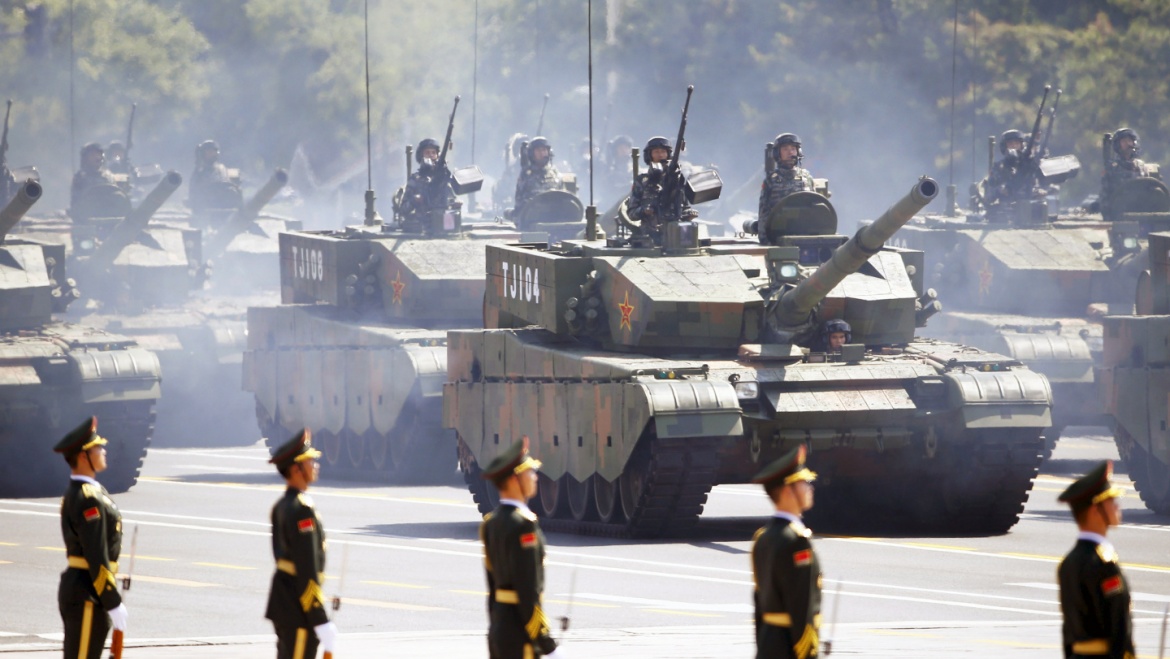Charlie Gao
Security, Asia
Thanks to Vietnam.
When the Sino-Vietnamese war ended on March 16, 1979, it was hardly a definite resolution of the conflict. Both sides claimed victory, and Vietnam continued to pressure China’s allies in Cambodia and Thailand. As a result, the PLA continued to apply pressure to Vietnam by launching attacks across the Vietnamese border throughout the 1980s. While casualties were small relative to the tens of thousands who died during the 1979 war, the regimental and divisional scale operations across the border incurred significant casualties on both sides.
Chinese operations against Vietnam in the 1980s are often divided into four phases. In the first, the Chinese and Vietnamese further entrenched their positions along the border. This lasted until 1981. The second and third phase consisted of escalating offensive operations across the border from 1981 to 1987, gradually increasing in intensity. The last phase involved the PLA’s withdrawal from the border region. The political objectives of the Chinese incursions were to “punish” Vietnam for its continued belligerence towards Thailand and Cambodia. Since Vietnamese troops were going into Cambodia, Chinese troops would continue to do the same. Militarily, China saw the border conflict as a way to evolve the PLA from an antiquated fighting force to a modern one, by testing new doctrines and equipment on the border.
Recommended: Stealth vs. North Korea’s Air Defenses: Who Wins?
Recommended: America’s Battleships Went to War Against North Korea
Recommended: 5 Places World War III Could Start in 2018


Add Comment